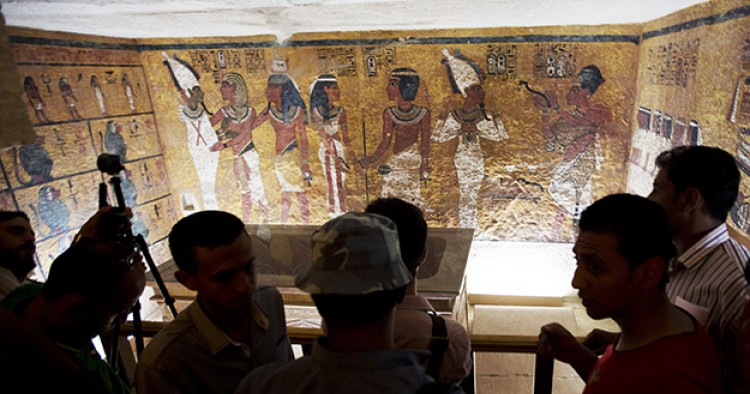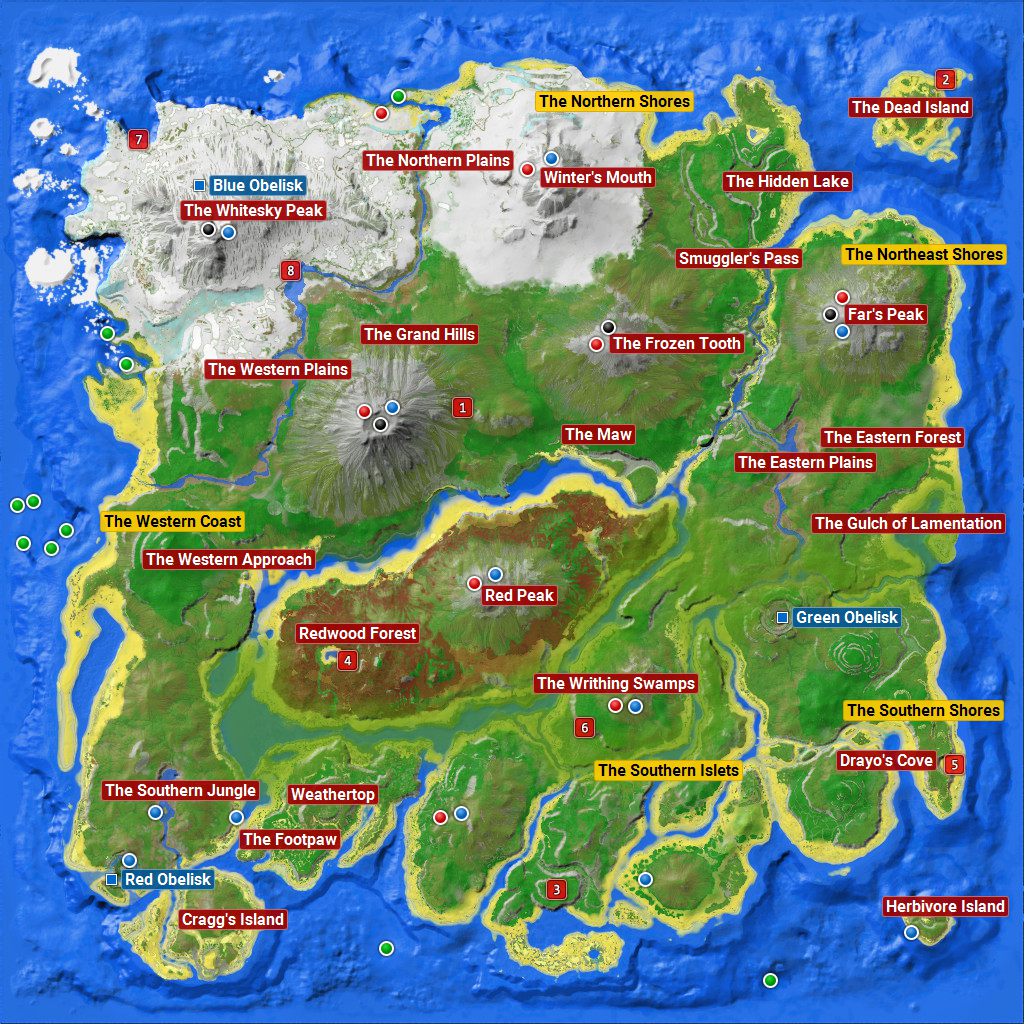Typology is the process that groups with each other artefacts that are similar in product and also form. This method is based around the suggestions that designs of things match specific amount of time and that these designs transform slowly with time. The definition of an artifact is something made by humans and usually is a primitive device, structure, or part of a practical item. Every one of these suggestions, all of these ways that human beings communicate with objects today have old origins.

In archaeology, words has become a term of particular nuance as well as is specified as a things recouped by archaeological undertaking, which may be a social artefact having social passion. noun Any kind of item of human craftsmanship;-- used both to objects produced practical objectives as well as artworks. It is contrasted to natural item, i.e. anything produced by natural forces without the treatment of man.
Verb (Made Use Of With Object).
The concern that troubles me is why in video clip, graphics-card, and also image-processing industry errors, side-effects, distortions (sound, display tearing, and so on) are also called artefacts. Artifacts are generally shown to be synthetic items having some type of art associated with them. Code artefacts, consisting of source files, binary outputs, and examination or assistance code. supplies brand-new perspectives by leading scholars to make a central payment to the arising body of materialist criticism. Each of the essays is worried about the value of the product object, be it the written object of the book, an image in its physical symptoms, or the body itself as manufacturer as well as item of efficiency. The essays accept psychoanalytic, feminist, Marxist, and also historicist objections as well as address topics as diverse as Renaissance cartography, performance art, servant story, and rap songs.

An item made or formed by some representative or intelligence, not necessarily of straight human beginning. any object made by human job; esp., a simple or primitive device, weapon, vessel, etc. a substance or framework not normally present in the issue being observed however formed by artificial methods, as throughout preparation of a microscope slide. An item created or shaped by check here human craft, particularly a tool, weapon, or accessory of historical or historic rate of interest. Furthermore, faunal evaluation exists to research artefacts in the kind of animal continues to be.
Worldly Culture: Vital Takeaways.
This JPEG image has been so very pressed that it has way too many unsightly compression artefacts, making it improper for the cover of our magazine. A framework or searching for in an experiment or investigation that is not a real function of the item under monitoring, yet is a result of outside action, the examination plan, or a speculative error. Any kind of things made by human job; esp., a simple or primitive tool, weapon, vessel, and so on . Something viewed as an item of human conception or firm rather than an inherent aspect.
Hutchins' own studies usually involve cognition in technically innovative work environments. However various other scientists in the distributed cognition blood vessel apply the concept to more quickly obtainable day-to-day scenarios. David Kirsh argues that we make use of the positioning of artefacts in the surrounding room to simplify our cognitive lives in different ways. For instance, baggers in a grocery store will certainly initially organize various kinds of things-- big, heavy, delicate, and more-- on the check out counter before starting to load the bags.
- So if something looks like a chair and also we frequently observe individuals sitting on it, we fairly infer it was made with the intent that it be a chair, as well as we classify it appropriately.
- In 1922, British excavator Find more info Howard Carter encountered the tomb of the Egyptian Pharaoh Tutankhamen, more frequently called King Tut.
- noun (Biol.) A framework or appearance in protoplasm because of Museum of Native American Artifacts fatality, method of prep work of specimens, or making use of reagents, and also absent throughout life.
- In a similar blood vessel, Beth Preston suggests that human activity is more a matter of improvisation than preparation, which the continuously evolving framework of improvisatory action owes much to the possibilities artifacts pay for.
- noun Something viewed as an item of human conception or company rather than an integral aspect.
In contemporary western culture, the non-human actants are usually artefacts. Latour's informing illustration starts with the popular dispute between weapon control supporters, that firmly insist that "weapons kill" as well as the National Rifle Organization, which urges that "people eliminate". Against both of these placements, Latour argues that the representative that eliminates is neither the gun nor the individual, yet a composite person-gun (or gun-person). Neither the individual neither the gun remains the exact same in this relational context as they were before.
In human interfaces with artifacts, these definitions are enacted, tested for their affordances, as well as customized to fit what one wants to accomplish. Metaphors alter an artefact's context also, yet perhaps better, better, and perhaps the very least noticed. Locating techniques to rely on, or methods to produce the problems for preferable interfaces with artifacts to arise, is necessary to human-centered designers. Knowing how such techniques are transferred from familiar to new artifacts enables designers to intervene successfully into exactly how their layouts may be made use of. In this sense, a layout prospers by traveling through an always-emerging network of its stakeholders-- directed by the significances that its stakeholders attribute to it which developers might want to track as well as make use of.
Vogel responds by wondering about the overlooked assumption that ecological philosophy has to do with nature, and also environmental activism regarding securing nature from human task. On Vogel's view, environmental ideology has to do with just that-- the setting, both constructed and also not-so-built, and what we need to do to ensure that it is the environment we want and need, not just for ourselves but for other beings also. A third trouble is exactly how to make up the features-- if any kind of-- of unique prototypes. This issue is just one of the major motivations for Millikan's introduction of obtained appropriate function, because developer objective seems to be the only means unsuccessful novel prototypes can obtain any kind of type of feature in all.
Archaeologists excavate areas in which ancient cultures lived and also use the artifacts found there to discover the past. Many old societies did not have a written language or did not actively tape-record their history, so artifacts in some cases offer the only hints regarding just how the people lived.